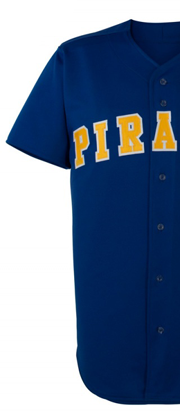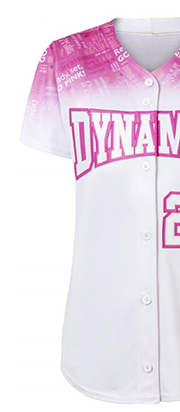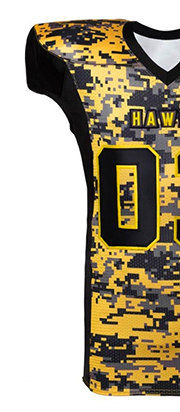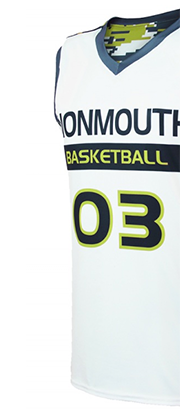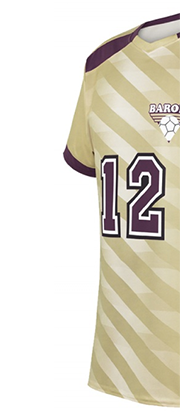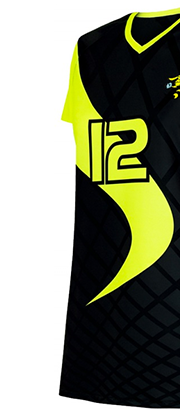Soccer Uniform Rules
Soccer uniforms at any level are designed with player safety in mind. With soccer players regularly jostling for position in close proximity to teammates and opponents, uniforms need to be fitted, yet breathable to keep players cool in this active sport. Other uniform regulations vary depending upon the age level.
-
Youth
Soccer players at the youth level, while expected to match their teammates, are not held to the same strict guidelines that older levels follow. Teams wear matching jerseys, but may choose to allow players to wear shorts of their own choosing, sometimes of a coordinating color. Shin guards are also required, as are tall socks to cover the guards and hold them in place. Most youth leagues do not regulate the color of players’ socks. Some youth leagues require players to wear cleats, while others are more loose in their requirements.
Jewelry of any kind if not permitted to be worn, as it is viewed as a safety hazard. The only exception are medical bracelets, which must be secure against the wearer’s body. Goalies are not required to match the rest of the team, and are actually required to wear a contrasting color to their own team and to the opposing team and its goalkeeper. At the youth level, rules governing the color of undershirts worn during colder weather are often not strict.
-
High School
At the high school level, soccer players usually wear matching jerseys and uniform shorts. Each player must have a number displayed on either their jersey or on the front of their shorts. On the jersey, the only adornments permitted are the player’s name and number, a team or school emblem, the logo for the manufacturer of the jersey, and an American flag.
Shin guards worn for games must bear the NOCSAE seal. At the high school level, cleats made specifically for soccer are also required, and cannot have metal cleats attached. Players are allowed to wear soft caps or padded headbands in colder weather, but neither can have grommets, buttons, or other decorations on them. If a player chooses to wear an undershirt, it must be of a coordinating color to their uniform or black, and cannot be patterned.
-
College
Collegiate level soccer uniforms follow many of the same guidelines as high school uniforms. Players wear jerseys, uniform shorts, socks, shin guards, and cleats. In addition to only being allowed to have one manufacturers’ logo on the uniform itself, warm up apparel can have just one logo. Goalies must wear not only contrasting jerseys, but contrasting socks as well.
If a team chooses to wear warm ups, they must be a contrasting color to their field uniform. Each team has two uniforms, one for away games and one for home games, and when a team is the visiting team, they must wear uniforms of a contrasting color to the home team. Team captains are permitted to wear an armband distinguishing them from other players. Most collegiate teams have uniform undershirts to be worn during colder weather, so that all players match.

